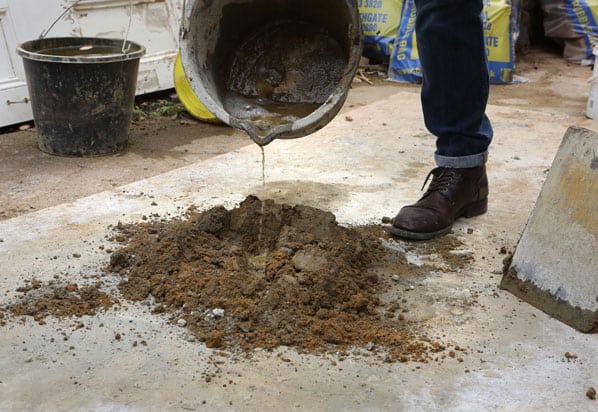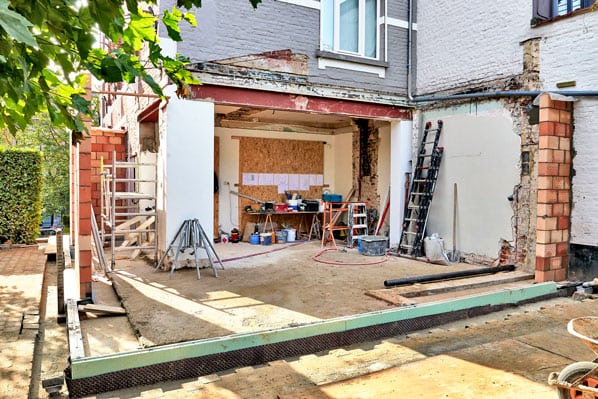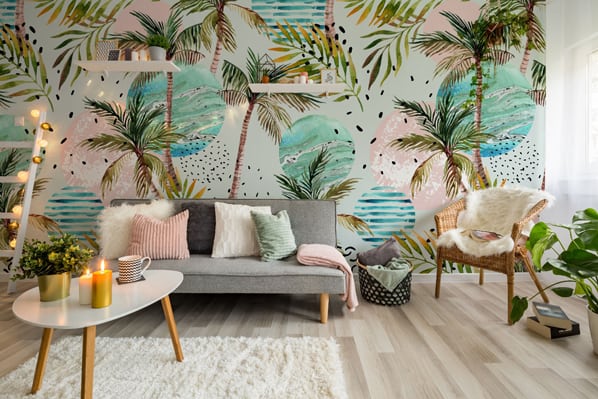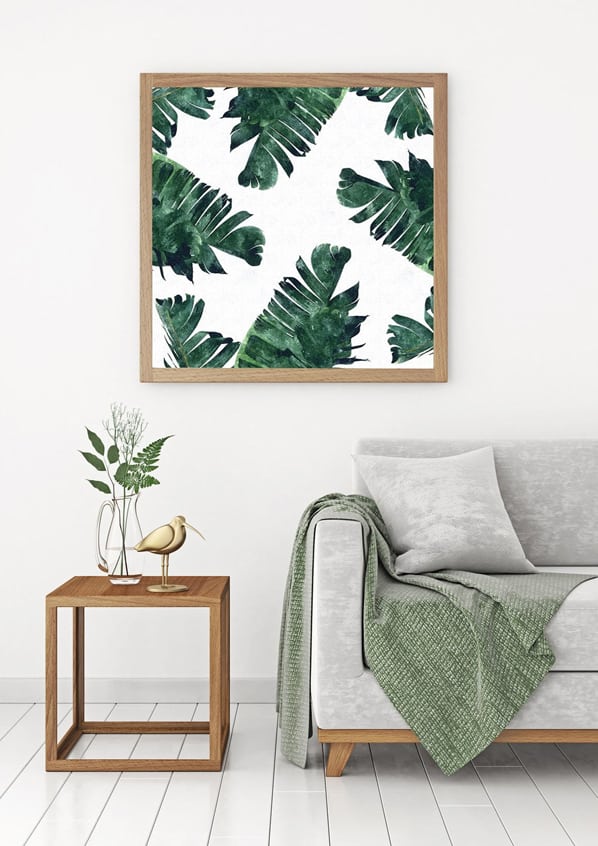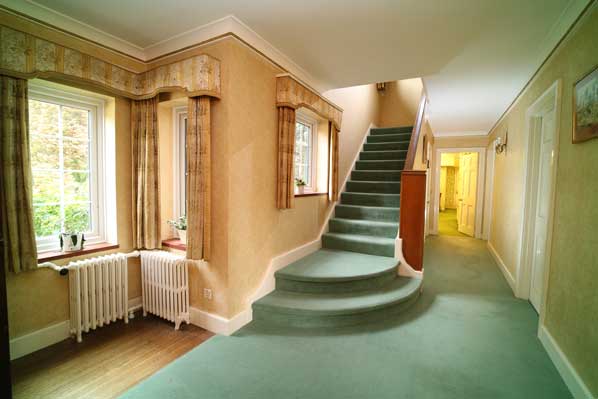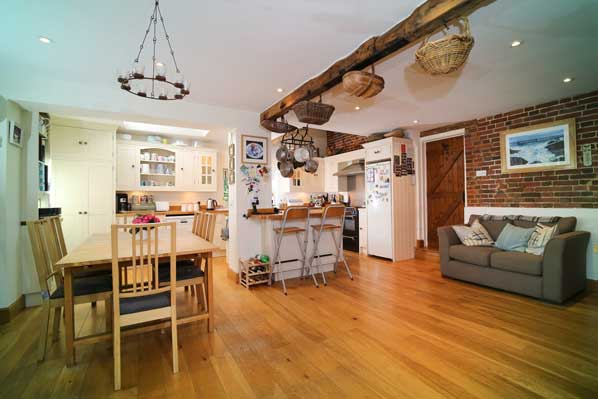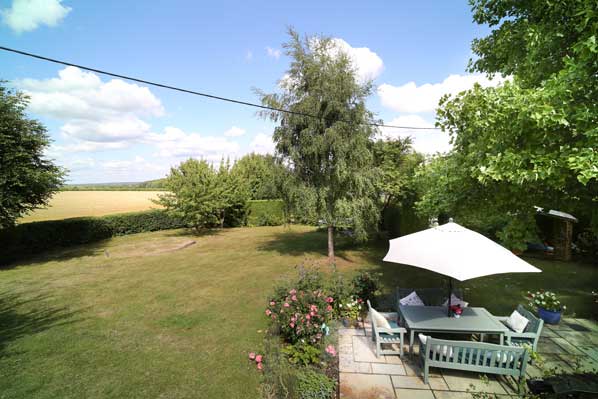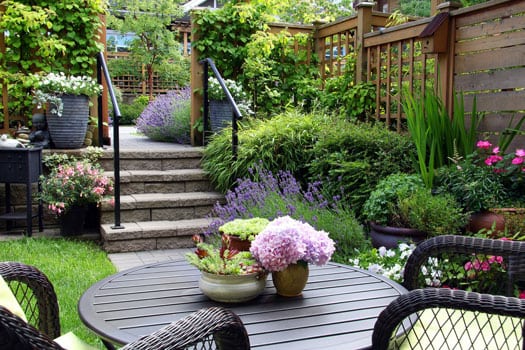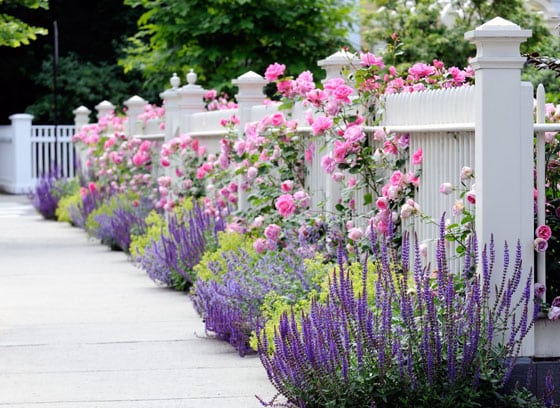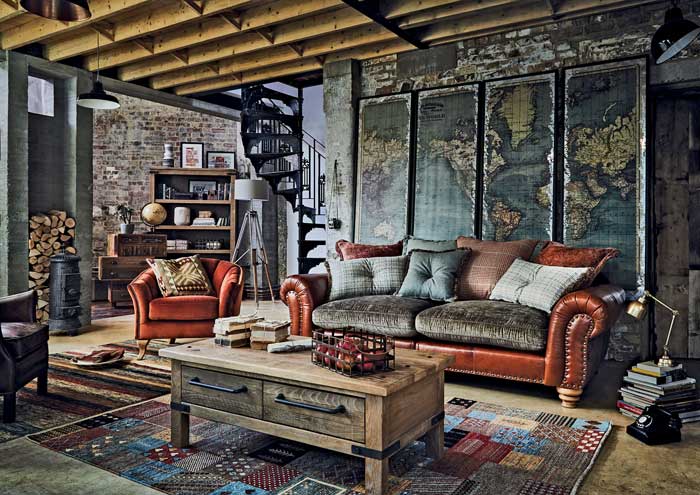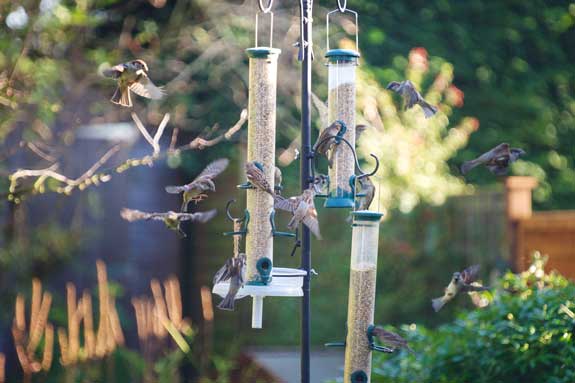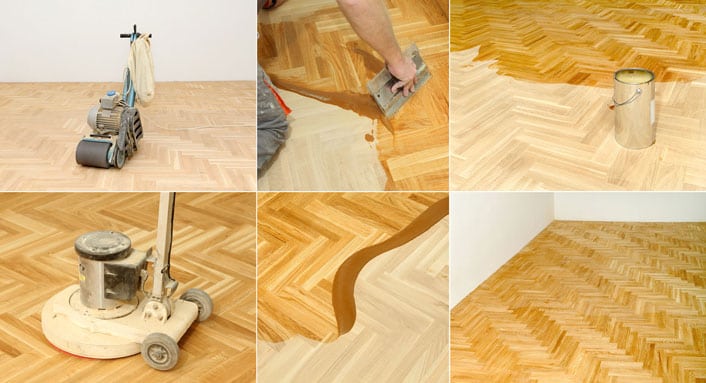Discover the beauty and benefits of quality print
When it comes to print marketing, some say it’s all over but we challenge that view and back up our view with investment in print marketing and tangible evidence of results.
In this digital age it is very easy to dismiss the power of quality print marketing, and when it comes to the thousands of pounds we spend on producing the lifestyle and property magazine In The Country and Town the doubts sown by the digital age ring loudly in our corporate ears.
The summer edition of lifestyle and property magazine In The Country and Town is out now, thanks to greta print services from IC Printing and photography work from John Joe. Right now the magazine is being read by thousands of people, including house buyers, search agents and tenants from as far afield as London to Bejing.
This quality magazine is showcasing wonderful content from stunning properties, to celebrity chefs and motoring features, great interior design, market insight, politics and gardening. So, does it work?
At McCarthy Holden we distribute thousands of copies of each issue by Royal Mail and many more by our own direct distribution. Looking back on previous issues we can fine many examples of properties which were sold directly from this magazine, despite these properties already being on the open market on property portals such as Rightmove. So yes this old fashioned print marketing can work and in many cases outperformed the digital property portals such as Rightmove.
Take a look at some examples.

The house above sold as a result of the successful buyer picking up a copy of the magazine in a railway carriage travelling from Waterloo to Fleet.

The country house above sold when Royal Mail delivered the magazine and the successful buyer, who wasn’t on Rightmove or registered with an agent to move, simply saw the advert and was inspired to move.
Why Does Print Work In This Case?
“Quality print in books and magazine are something we are all attracted to, because people appreciate good design and beauty and I’m not at all surprised by the fact that printed books are on the rise again against the digital versions. People like to hold a book or magazine.” says marketing director Samantha Holden.
‘In this case the carefully targetted Royal Mail delivery is a big factor in the success rate, getting us to buyers who haven’t yet thought about moving. We already have the digital buyers from the online property portals, but we want to find and motivate buyers who aren’t yet in the market place. In The Country and Town does this brilliantly” she concludes.
Quality magazine print marketing can outperform the digital world of Rigtmove or similar property portals, so for those who think print marketing is dead, a reassuring word to say that quality print magazine marketing is working well.
The Opportunity for house sellers to appear in this magazine, without obligation or cost unless we sell or let the property, is a big appeal.
The real story of this successful magazine is that it brings new buyers to the market, many of whom are not actively in the market looking around agents or property portals, hence the reason we tag the magazine name with ‘Creating the inspiration to move.’
One McCarthy Holden client took the time to write in and pen the following commendation about their experience of the In The Country and Town magazine.
‘A brief note of thanks for selling our lovely house in Odiham. The full page advert in your property magazine was excellent and certainly did the trick, outperforming internet giants such as Rightmove and Primelocation. Congratulations on producing such a professional and succinct magazine as “In the Country and Town”. The photography and video work was of exceptional quality, which has also provided a lasting memory of a property we were really fond of. We did appreciate very much your extensive experience coupled with your negotiating prowess, which held the deal together from the outset through to completion. All the very best for much deserved success in the future. Sue Easton- Jones – West Meon.
The property we sold for these clients at the time is shown below.
So in summary, if you are thinking of selling or renting a fine home then don’t just focus on digital marketing but in addition think about the role of quality print. Fortunately at McCarthy Holden we are leaders in digital and video marketing as well as professional print.
Cont act your nearest branch for a free no obligation valuation.




